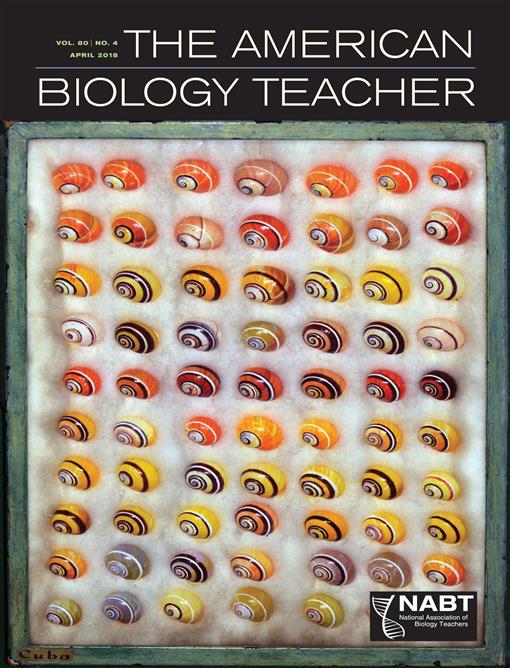Experiential learning helps students make connections between different skill sets and allows them to engage in a deeper level of inquiry. To enhance the connection between field and laboratory practice for undergraduate students in our wildlife ecology curriculum, we developed an exercise using environmental DNA (eDNA) analysis. eDNA sampling involves extracting and amplifying the DNA from specific organisms from an environmental sample, rather than from the organisms themselves, and has been rapidly adopted by conservation practitioners around the world. In our activity, students collect water samples from a local pond and process them to detect the presence of American bullfrogs. Practicing this procedure not only introduces them to professional skills they may utilize in their careers, but also helps create context for how laboratory science and field work support each other and can be used to connect to larger issues of conservation, environmental studies, or ecology.
How to translate text using browser tools
1 April 2018
Using Environmental DNA to Connect Lab Science with Field Practice
James Mcneil,
Anneke Deluycker,
Sarah Putman
ACCESS THE FULL ARTICLE
It is not available for individual sale.
This article is only available to subscribers.
It is not available for individual sale.
It is not available for individual sale.

The American Biology Teacher
Vol. 80 • No. 4
April 2018
Vol. 80 • No. 4
April 2018
amphibians
biodiversity sampling
eDNA
experiential learning




